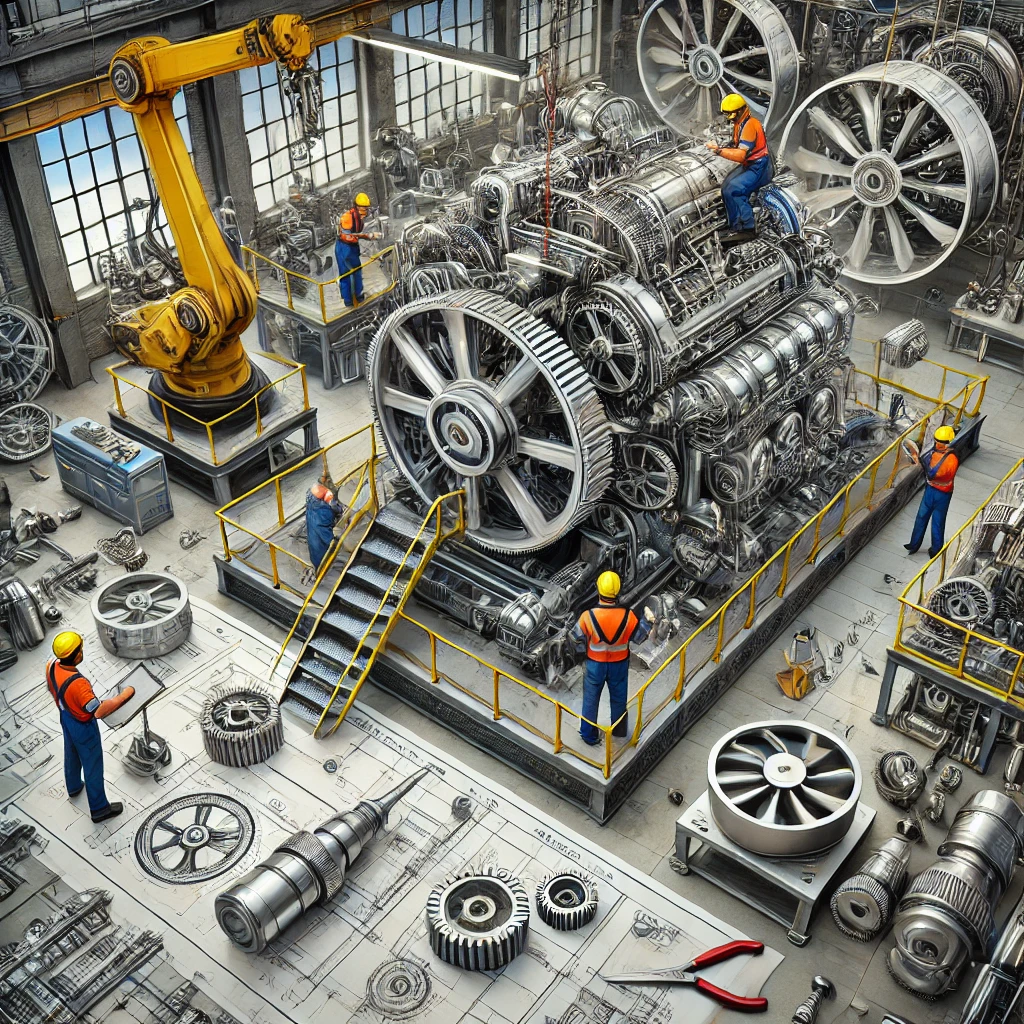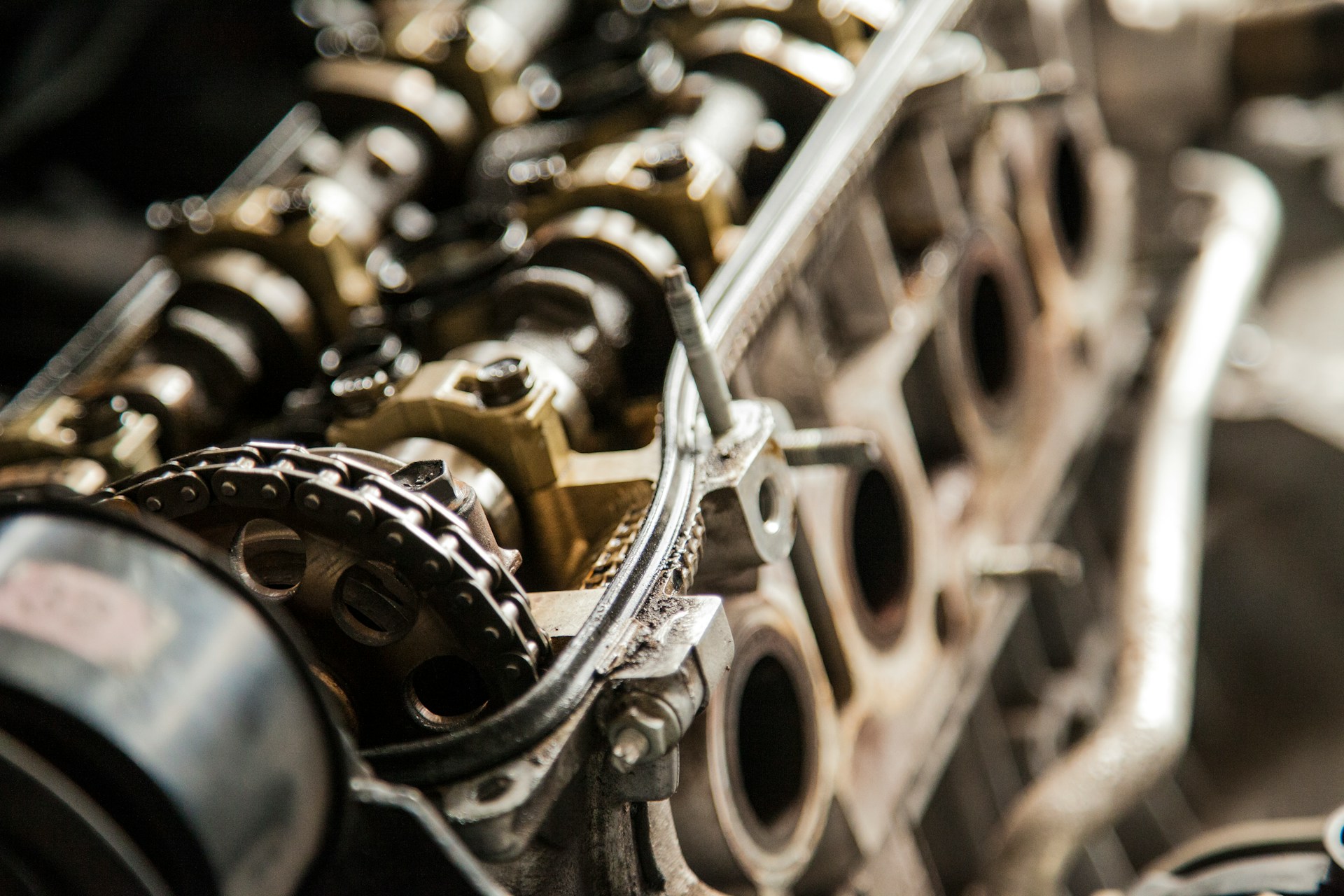European Industrial Equipment export in the second half of 2018
Moderate growth for European commercial flows, good results for Germany and China
Published by Marzia Moccia. .
Conjuncture Global economic trends
The European exports of Industrial Equipment increased by 4.5% during the second half of the year, according to StudiaBo estimates available in
Conjuncture EU Countries Database.
The European commercial flows of the industry preserve a positive dynamic, but with evidence of slowdown compared to last year growth.
The deteriorating prospects for global economic growth and the uncertainty due to commercial war might have influenced business investment decisions, by reducing
the intensity of the European Industrial Equipment exports increase, in addition to a stabilization of the industrial machinery market demand.
The following graph shows the largest markets for European Industrial Equipment exports. The size of each box is proportional to the value of imports in 2017;
by clicking on each country, it is possible to investigate the trend reported by the various types of machinery.
The largest markets for European Industrial Equipment exports
The growth of European exports to the US market is almost in line with the average sector growth. Strong increase for Food Machinery (+ 15%),
for Packaging Machines (+ 11%) and for Machine tools for hard materials (+ 12%).
The Chinese dragon, the second largest destination market for European industrial equipment exports, closes the second half of the year with an increase of 10.6%.
However, in the context of a widespread increase, the commercial flows of Machines for Metal Processing (-28%), Packaging Machines (-6%) and
Printing Machines (-11%) decrease.
Although the results for China and the United States show a slowdown compared to the dynamic growth of industrial equipment local demand recorded in the second half of
2017, up by respectively 24% for China and 11% for the US, they still keep a positive sign.
In particular, China supported the increase in European Industrial equipment exports in the second half of 2018, confirming itself as one of the largest export
market for industrial machinery.
Together with China, Germany, Poland, Spain and the Netherlands are the intra-EU markets which drive the European industrial machinery exports growth.
Exports of machinery and equipment to these markets, in fact, have experienced an increase significantly higher than the total average of the sector.
The four markets of the Old Continent show signs of positive demand for most of the sectors; in contrast, the European export of Textile Machines goes down
on the German market (-8%), Polish market (-26%) and the Dutch one(-9%).
The industrial equipment commercial flows directed towards Swiss and Indian markets are stable compared to the second half of last year. Signs of faltering growth come from the Turkish market, where the deterioration of the economic and financial conditions of the country badly hit business demand for machinery.
The Italian market and the Russian market, where the contraction of imports of Food Machinery (-21%) weigh heavily, are slowing down; the most drastic reduction is reported by Mexico, with a widespread fall in imports of machinery and equipment from Europe, for a total contraction of 9%.
It is clear that the trade flows growth slowdown in the sector has hit in different ways markets and various types of machinery.
In view of the slow-down in the global economy, it is essential that SMEs, operating along the industrial equipment supply chain, evaluate the performance of the
various markets to provide strategic support for the internationalization process.


